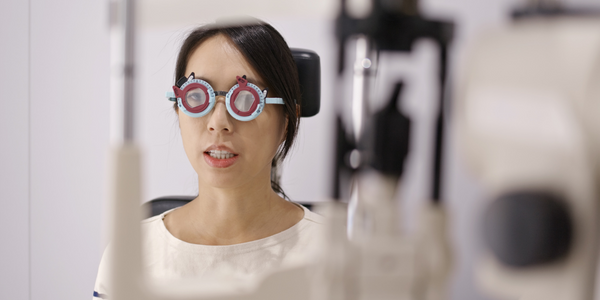How to use?
Orthokeratology Knowledge
Daily Cleansing Procedure
Wear Procedure
How to deal with lens shift
Removal Procedure
The following is standard equipment for providing orthokeratology:
◎ Standard eye examination room (instruments must include slit lamp microscope and corneal topograph).
◎ Slit lamp microscope to monitor eye health.
◎ The corneal topograph can effectively monitor the small changes of the cornea to determine the effect of orthokeratology.
◎ The environment is clean and tidy, and there is a proper water supply.
◎ Appropriate orthokeratology information and consent form.
◎ Medical record form.
◎ Clean and neat audition (some orthokeratology lenses are designed by computer and do not require audition).
◎ Regular follow-up visits. Early examination after the first night of each pair of new mirrors is very important, and then follow-up visits every other week, two weeks, and one month. After the effect is stable, regular follow-up visits are required at least every three months to monitor the effect of the treatment and avoid problems.
Wear Orthokeratology (ORTHO-K LENS)
Precautions
Our optometrist has ten years of experience in fitting orthokeratology glasses for school children of different ages, and found that many students/parents neglect the following matters




